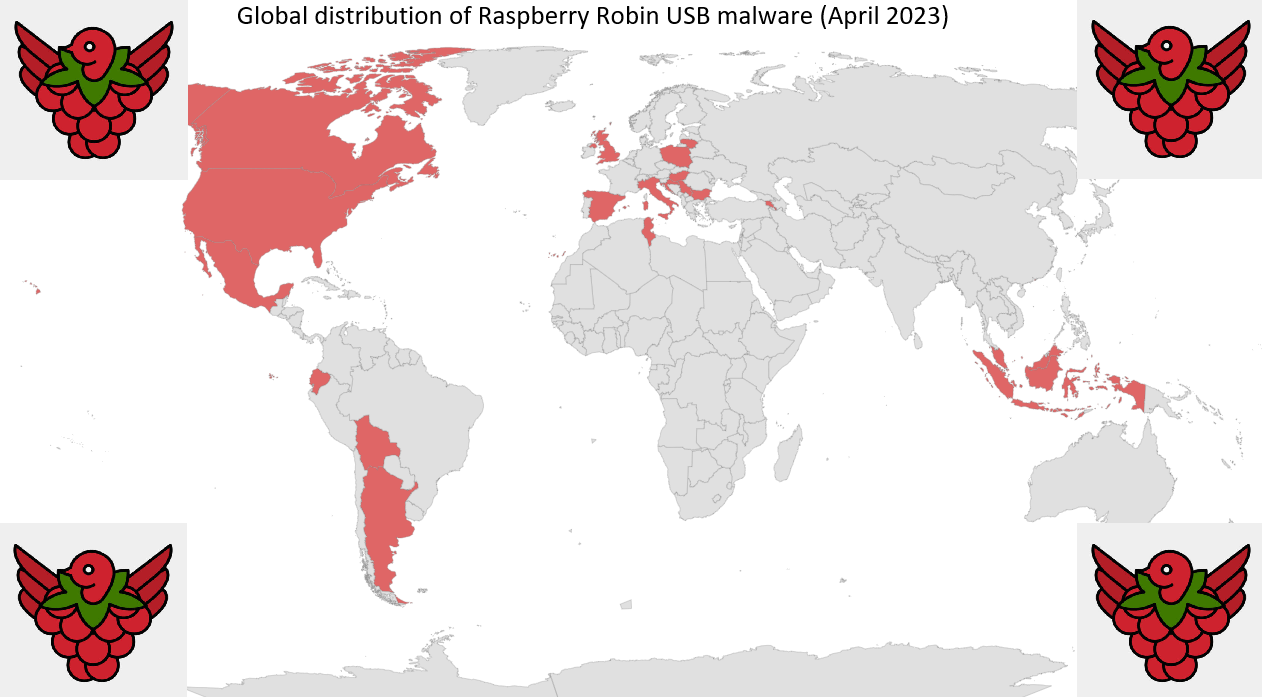Scout Sniper-grade OSINT website reconnaissance
Initial Disclaimer:
I have focused on using open source tools for this blog due to their accessibility and general ease of use. I have purposely not included premium tools like Spiderfoot HX, Nessus, Burp Suite, or others I have used in the past, or more invasive ones like FOCA, NMAP/Zenmap and Dirb, because it’s not the focus of this blog. Those tools also require permission use to before scanning any site. Further, that I am not, or ever have been, a scout sniper or in the military, but I have always admired military ethos and the focus on decision making skills. Although, I do know someone who is.
︻デ═一
If you are a website owner or on the security team of an organisation, it’s always worth seeing through the eye of a potential attacker to scout your perimeter and check your defenses. Another reason to use OSINT tools is because most threat actors will not typically be using enterprise-grade tools either - other than APTs. The general idea is to self-footprint what you want to protect via passive reconnaissance and gain a closer understanding of how an attacker views your site.
I’ve started with a general overview of the site we want to protect (or scout out) with a handy tool called DNSdumpster. Which provides a lot of useful information generally about one site. It does not brute force subdomain enumeration, but checks the open source passive domain name server (DNS) records that are freely available.
We immediately learn a lot of useful things about the site such as the hosting provider, content delivery network, the mail exchange servers, IP address, subdomains and more. What I would be usually looking out for here is any insecure subdomains such as a login page without HTTPS, subdomain takeovers, or any signs of record or name mismatches. However, other clear signs of compromise or defacements can be quickly discovered this way too. (Link to stories about recent NatWest mismatches and Microsoft subdomain takeovers)
︻デ═一
It is also increasingly important to monitor for similar websites that are typosquatting your domain, imitating you for either copyright fraud or for threat actors setting up attacks - often executed within 24 hours. This will impact your reputation and will be picked up by other security researchers who like to write blogs about malware campaigns surrounding your organisation (see Cerberus and the INPS and AT&T's phishing guide).
WHOIS information is always one that will be checked as it is useful for finding out various information about the site. It generally displays registration and hosting information about any given domain. With this we can find registrant data (the person or organisation who registered the domain), its date of creation, ASN, IP address, other sites on the same server, and the country the site is hosted in. One important aspect can be the date in which the site was last updated. This can be matched with dates of security updates and if the site has not been updated, then threat actors can tell if it may be vulnerable to new exploits.
⨁ For this, you can go to Domain Tools:
⨁ The tool you can generally use for this is VirusTotal:
It’s also vehemently advised to check other open source tools for phishing campaigns against your customers. Certain tools can check online for structurally similar websites, websites with the same name, and websites that use the exact same images as the one from yours (with image hashes).
⨁ I like to use URLscan for this:
Any good scout sniper will always check, double check, and triple check before executing their mission, scouting the defenses before attacking. The goal is to build up such a transparent picture of your target that you can imagine every situation in which you can achieve your goals. Plans and backup plans are required to successfully bring down a site. Therefore, the defenders must stay as vigilant, and patrol the border, as possible for any invaders waiting like ghillied snipers in the mist…
The majority of findings on the site itself includes insecure login pages (without HTTPS), expired certificates, unpatched or end-of-life (EoL) software, or testing pages on the live product. Other off-site issues include typosquatting domains that are used for credential harvesting, adware or malware deployment, click-fraud, or redirecting users to other malicious pages.
︻デ═一
Footprinting your own site can be a difficult challenge for someone new, as recognising what is safe or not comes with experience. I have had to slowly learn what to check, what is vulnerable or not, and questions of my own still arise as to whether something is an issue or not. So it is always important to know someone with lots of experience and who is willing to field your questions.
⨁ The full list of tools is available here.
Stay frosty Blue Team.
References:



















